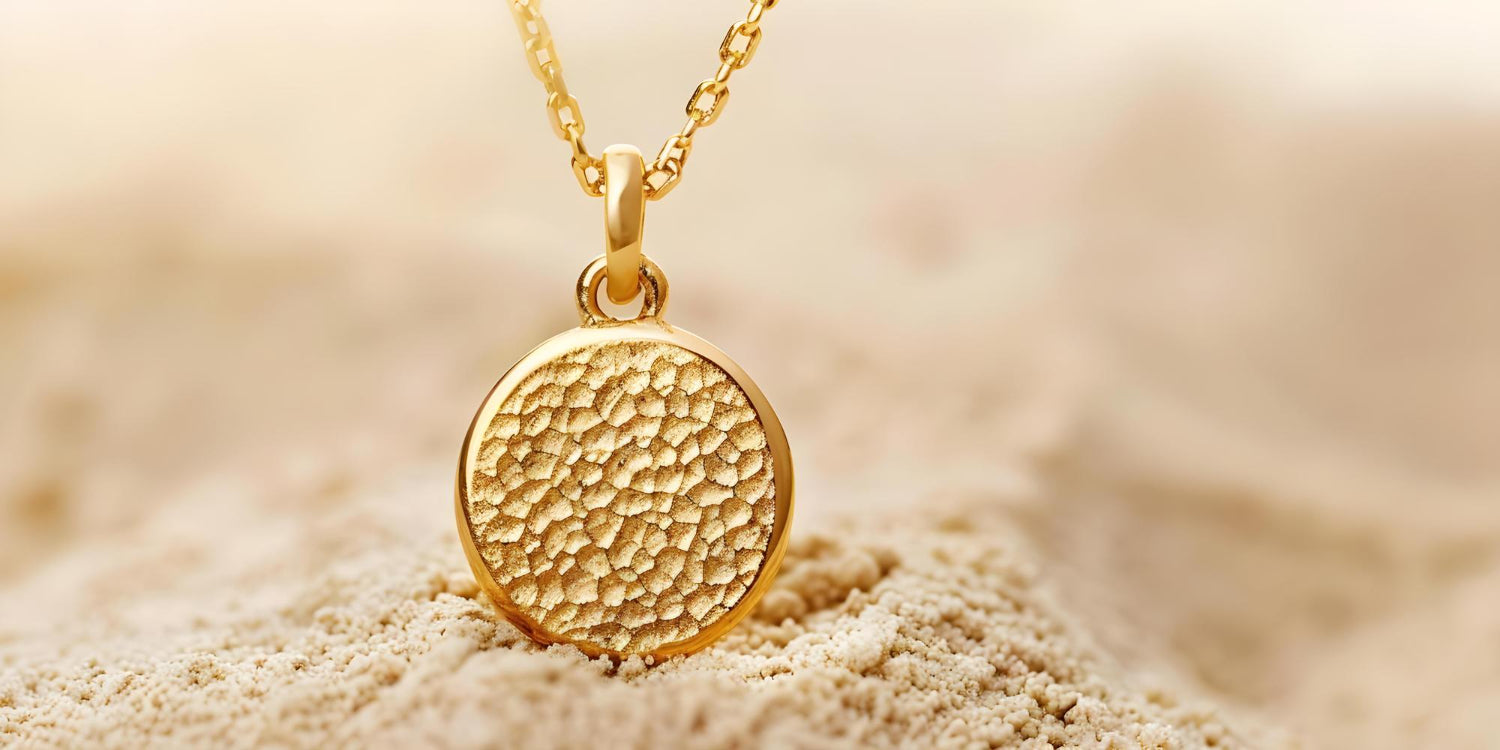Different Metals in Jewellery Explained

Jewellery comes in a variety of metals, each with its own unique qualities and charm. Choosing the right metal for your jewellery depends on personal preference, budget, and the occasion. Understanding the differences can help you make an informed decision and find pieces that suit your style perfectly.
Gold, for instance, is a timeless favourite known for its versatility and durability. It comes in various types, each offering distinct characteristics. Silver is another popular choice, celebrated for its shiny appearance and affordability. Both of these metals have been used in jewellery for centuries and remain staples in the industry.
Platinum and palladium are luxurious options often used in high-end jewellery. Their elegance and resilience make them perfect for special pieces. Additionally, there are alternative metals like titanium and tungsten, which offer a modern twist with their unique properties.
Exploring the different metals used in jewellery can help you appreciate the craftsmanship and care that goes into each piece. Whether you’re looking for something classic or contemporary, knowing your options will guide you in selecting the perfect jewellery to match your style and needs.
From Gold to Platinum: Exploring the Metals in Jewelry
1. Gold: Types and Characteristics
Gold has been used in jewellery for thousands of years. Its timeless appeal and versatility make it a favourite. There are different types of gold, each with unique characteristics.
Yellow gold is the classic choice. Its rich, warm hue comes from mixing pure gold with copper and zinc. It's resistant to rust and tarnish, making it durable for daily wear.
White gold offers a sleek, modern look. Made by alloying gold with metals like palladium or nickel, it gets its white sheen from a rhodium plating. White gold pairs well with diamonds and other gemstones, adding to its popularity for engagement rings.
Rose gold has a romantic pink tint. This comes from mixing gold with a higher proportion of copper. Rose gold is durable and offers a vintage charm that appeals to many.
Finally, there’s green gold, which blends gold with silver and sometimes copper. It has a subtle greenish tint and is less common, making it perfect for unique pieces.
Knowing the different types of gold can help you choose the perfect jewellery for your style and needs. Each type offers its own set of benefits and beauty.
2. Silver: Popular Variants and Uses
Silver is a popular choice for jewellery, offering a bright and lustrous appearance. It's more affordable than gold and has a timeless appeal. There are several types of silver to consider.
Sterling silver is the most common variant. It's made from 92.5% pure silver, with the remaining 7.5% usually being copper. This mix makes sterling silver durable and suitable for everyday wear. Look for the "925" stamp to ensure it's genuine sterling silver.
Fine silver, on the other hand, is almost pure, with 99.9% silver content. It's softer and more prone to scratches, making it less ideal for pieces that get a lot of wear. However, its high purity offers a beautiful, lustrous finish.
Argentium silver is a modern alternative to traditional sterling silver. It contains germanium, which makes it more resistant to tarnish. This variant is ideal for those who prefer low-maintenance jewellery.
Silver-plated jewellery offers a more affordable option but with less durability. It involves a thin layer of silver over another metal. While it looks like real silver, it can wear off over time.
Each type of silver has its own uses and benefits. Whether you’re looking for everyday jewellery or special pieces, understanding these options can help you make the right choice.
3. Platinum and Palladium: Elegant Choices
Platinum and palladium are two high-end metals often used in fine jewellery. These metals are known for their elegance, strength, and rarity.
Platinum is one of the most sought-after metals for engagement rings and wedding bands. Its natural white sheen stands out, and since it’s dense, it feels heavier and more substantial. Platinum is also hypoallergenic, making it an excellent option for those with sensitive skin.
Over time, it develops a patina, a unique sheen that many people find attractive. Because of its durability, platinum jewellery requires less maintenance over the years, although it can still be polished to maintain its original shine.
Palladium, a member of the platinum group, shares many of its sibling’s characteristics but is lighter and more affordable. Palladium also has a natural white colour that doesn’t tarnish, eliminating the need for rhodium plating often required by white gold. Its lightweight nature doesn’t compromise its strength, making it a practical and luxurious choice for various types of jewellery.
These metals offer an elegant touch and high durability, ensuring that your jewellery remains beautiful for years to come. Whether you choose platinum or palladium, you are investing in a piece that combines luxury and lasting beauty.
4. Alternative Metals: Titanium, Tungsten, and More
While gold, silver, platinum, and palladium are traditional choices, alternative metals like titanium, tungsten, and stainless steel offer modern and unique options for jewellery lovers.
Titanium is known for its incredible strength and lightweight. It is three times stronger than steel but much lighter, making it perfect for those looking for durable yet comfortable jewellery. Titanium is also hypoallergenic and resistant to rust and corrosion, making it a favourite for everyday wear. Its ability to be anodised into various colours adds to its appeal for creative and unique designs.
Tungsten, often referred to as tungsten carbide, is another popular alternative metal. It’s known for its extreme hardness and scratch resistance. Tungsten jewellery retains its polish and shine longer than most metals. However, because it's so hard, it can be more brittle and prone to cracking under severe impact.
Stainless steel is a versatile and affordable option. It combines strength, durability, and a sleek appearance. Stainless steel jewellery is resistant to tarnish and rust, making it easy to maintain. It’s a great choice for fashion-forward designs and everyday pieces.
These alternative metals provide a range of options for those looking for something different. They offer unique properties that cater to various needs and styles, ensuring there's a perfect piece for everyone.
Jewelry Metals Decoded: Understanding the Key Differences
Understanding the different metals used in jewellery can help you make informed decisions and find pieces that suit your style and needs. From the timeless beauty of gold and silver to the luxurious appeal of platinum and palladium, and the modern charm of alternative metals like titanium and tungsten, each metal offers unique qualities and benefits.
Choosing the right metal for your jewellery ensures that your pieces will shine and last for years to come. Whether you're looking for something traditional or contemporary, there's a perfect metal to match your taste.
Ready to find your next favourite piece of custom jewellery in Sydney? Explore the exquisite collection at Designs By Sapsee and discover the perfect metal to complement your style and occasion!
